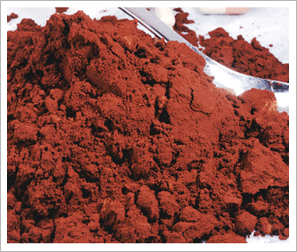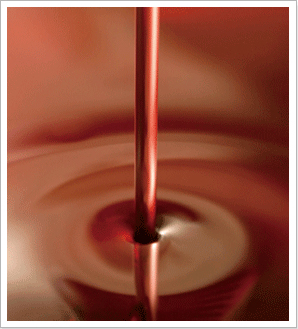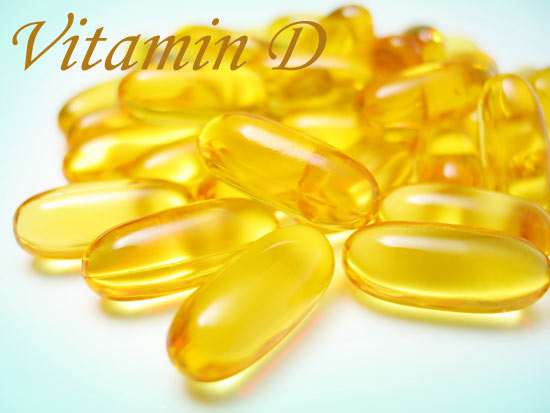
Astaxanthin : Safety Studies
Astaxanthin, either as a purified Haematococcus pluvialis extract or in algal biomass, has been evaluated in multiple studies to determine its potential for adverse effects and genotoxicity. The study type, study design, test material and findings are summarized in the following tables.

Haematococus Biomass and Animal
Astaxanthin is practically non-toxic in acute animal studies at doses up to 18 grams. When tested for genotoxicity, there was no evidence for mutagenicity in Ames/Salmonella assays nor did it induce micronuclei when tested in vivo up to 2000 mg/kg in mice. There was no maternal, embryo-toxic or teratogenic effects in a teratology study in rabbits given up to 400 mg/kg over most of the gestational period. No adverse effects were noted in a one-generation reproduction study at doses up to 400 mg/kg in rats.
In multiple subchronic feeding studies in rats, astaxanthin did not produce any adverse toxicological effects.
Table 1 Animal Toxicological Studies Conducted Using Astaxanthin Biomass

Astaxanthin Extract and animals
Astaxanthin extracts used in acute tests at doses up to 2g/kg in rats did not reveal any signs of toxicity. Three separate 90-day subchronic studies showed no adverse effects with daily doses between 37.5 mg/kg/day and 925.9mg/kg/day in rats. Furthermore, no maternal, embryo-toxic or teratogenic effects were observed including an Ames test up to 5000 ug/mL.
Table 2 Animal Toxicological Studies Conducted Using Astaxanthin Extract
Haematococcus Biomass and Humans
Biomass based trials in humans have not produced any adverse effects with dosing durations of 4 weeks up to 6 months at intakes ranging from 100 to 1000 mg biomass (equivalent to 4 mg/kg to 40 mg/kg pure astaxanthin/day). This data indicated that astaxanthin has no safety concerns based on full haematological analysis and subject questionnaires.
Table 3 Human Studies Astaxanthin Biomass

Astaxanthin Extract and Humans
Acute study lasting 4 weeks at an intake level of 30 mg/day astaxanthin did not reveal any significant safety concerns. A sub-chronic trial at 6 mg/day for 12 weeks did not produce any adverse affects either. In addition, various clinical trials lasting 4 weeks measuring health effects included secondary toxicological analysis in which no adverse effects were detected in blood and biochemical tests at intakes of 4 mg to 12 mg/day of pure astaxanthin. This data suggests that astaxanthin has no immediate safety concern based on full haematological analysis and subject questionnaires.
Table 4 Human Studies with Astaxanthin Extracts
AstaREAL® Safety Conclusion
A comprehensive set of studies in both animal and humans clearly constitute a sufficient database to evaluate the potential toxicity of astaxanthin in extracts or algal biomass. The lack of any toxicological findings from any study on astaxanthin is supportive of a reasonable expectation of safety from its recommended use. Furthermore, an independent expert, Harry G. Preuss M.D. of Georgetown University Medical Center, has reviewed the available literature through 2001 on the safety of astaxanthin. In his report, Dr. Preuss evaluated dietary, animal toxicity and human studies. His report concludes that astaxanthin, when used in proper doses, is safe and deserves no more safety concerns than the use of other carotenoids





